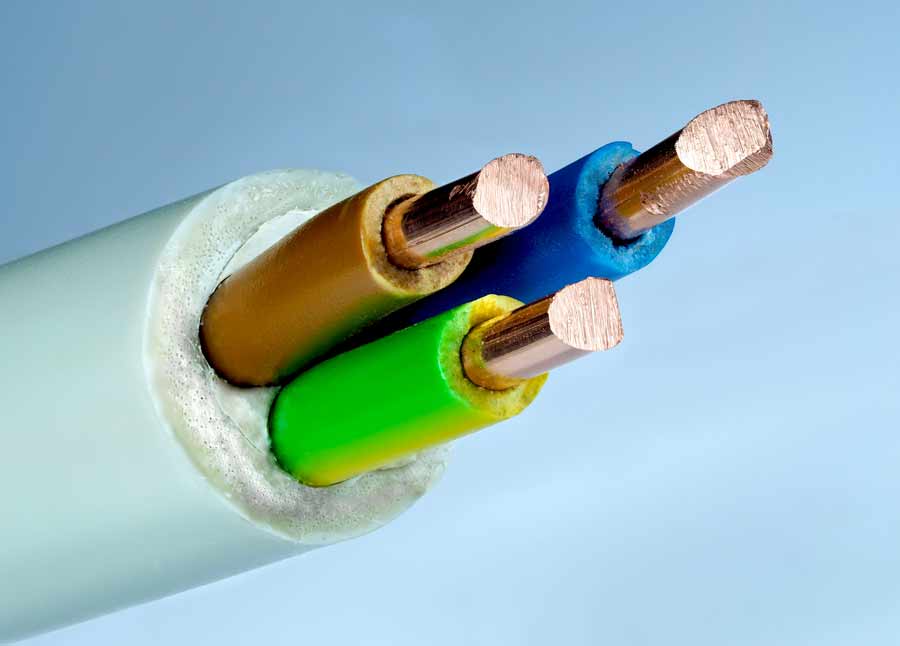
TOPIC 2: ELECTRICITY
If you have had the chance to carry out some experiments with cells and batteries at school, you will know that they are very safe to use. However the electrical sockets in homes, schools and offices are much more dangerous. The main reason for this is that the voltage is very high - about 230 V in the UK. This is very harmful to humans and can deliver a potentially fatal electric shock. (Note that mains voltages change from country to country, although many use 230 V).
Mains electricity is a.c., which stands for alternating current. The power station produces a current that constantly changes direction (at a frequency of 50 Hz in the UK). The power station that produces the electricity is effectively pushing and pulling electrons around the circuit. Note that an a.c. supply does not have a positive and negative terminal.
Cells, on the other hand, are d.c. - this stands for direct current, always flowing from positive to negative.
 |
DC supply symbol |
 |
AC supply symbol |
A mains plug typically has 2 or 3 'pins'. The picture below is a common internal layout with 3 pins:

Figure 1: A typical mains plug
(Wikimedia commons-Theresa Knott)
You will need to learn the colour codes used for each wire. It is really important so that you know which ones are dangerous!
Electricity in our homes flows through conductors, typically metals such as copper. If we touched the copper, we could get a shock. The most obvious - and simple - preventative measure is to insulate the copper cables with a substance such as plastic. In figure 1, you can see that each individual wire has a coloured insulating coating, and then the three cables are insulated again in an outer white coating.
This insulation also gives protection from water, which as a fluid conductor, you do not want anywhere near the conducting copper.

Figure 1. An insulated mains cable ( Petar Milošević / CC BY-SA 4.0)
A fuse is a simple, cheap safety device inside many mains plugs. It consists of a thin metal wire, mounted inside a short cylinder as shown in figure 2.

Figure 2. A mains plug fuse
photo AKA - CC-by SA 2.5
The fuse is designed to melt when a specific current passes through it. All resistors produce heat as a current flows through them. This is the basic idea used in toasters and kettles - the current flowing through resistance wires produce heat. The resistance in a fuse wire is tiny, and does not affect the circuit in any significant way, but the heat produced is enough to melt the thin wires used, as shown in this video.
Youtube - Fuse wire melting (Devdatta Raut)
When the fuse melts, it breaks the circuit and turns the appliance off. The sequence of events is designed to work as follows:
The earth wire only carries a current if there is a fault. It is connected to any metal appliance casing to prevent it becoming 'live' (230 V). It is an additional safety wire, connected to the ground (earth) and is always at zero volts (0 V). As the mains is at 230 V, a connection between the live and earth can be very dangerous, giving a potential difference of 230 V.
Extension
You do not need to know the details of how the earth wire works as a safety device, but if you are interested, click here:
Many microwave ovens have a metal case. Inside the case are the workings of the oven, all connected to the mains supply through the live wire. However, what would happen if the live wire accidentally came loose and touched the metal casing?
In this scenario, you could get a dangerous electric shock from the 'live' metal casing. A current would flow through you, down to the ground.
This is where the earth wire comes in to play. The earth wire is connected to the metal casing of the appliance, and leads into the ground. As it is made of copper, it is a much easier route for current to flow (a MUCH lower resistance than you) and the current flows down this route - you are saved from a nasty shock!
In addition, the sudden surge of current down the earth wire would blow the fuse, and cut off the microwave oven.

Figure 4. How the earth wire works
Note that in real life, the earth wire is inside the mains cable, not on its own as shown here. You may see these green and yellow earth wires around at home, connected to water pipes and electrical appliances for additional safety.
Questions:
1. A standard mains plug has three wires. State the name of the wire that:
a) The live wire carries the alternating p.d. from the supply.
b) The neutral wire completes the circuit.
c) The earth wire is the safety wire used to prevent appliances from becoming live.
d) The live wire is the brown wire.
There are no additional questions for this section - move on to section 2.7 to learn about electrical power and energy.